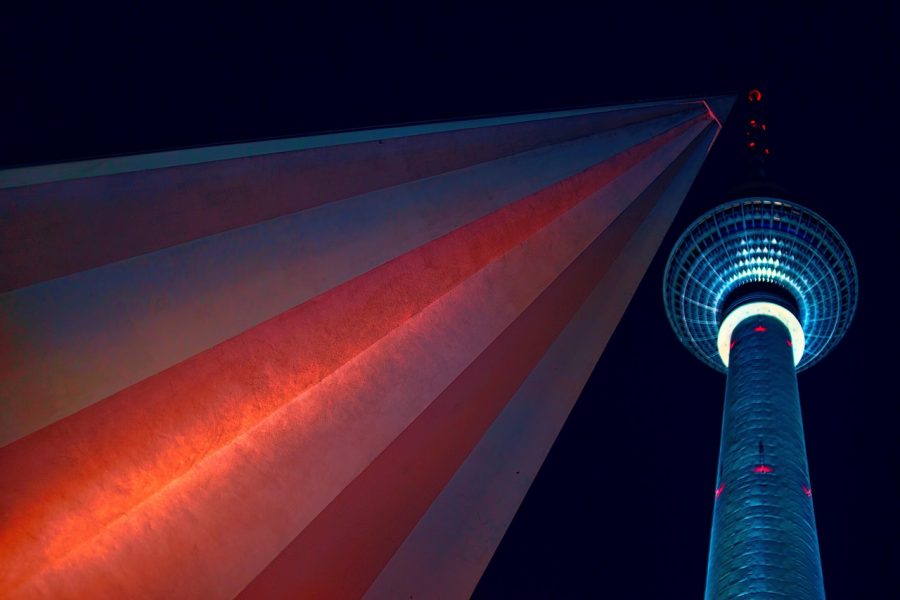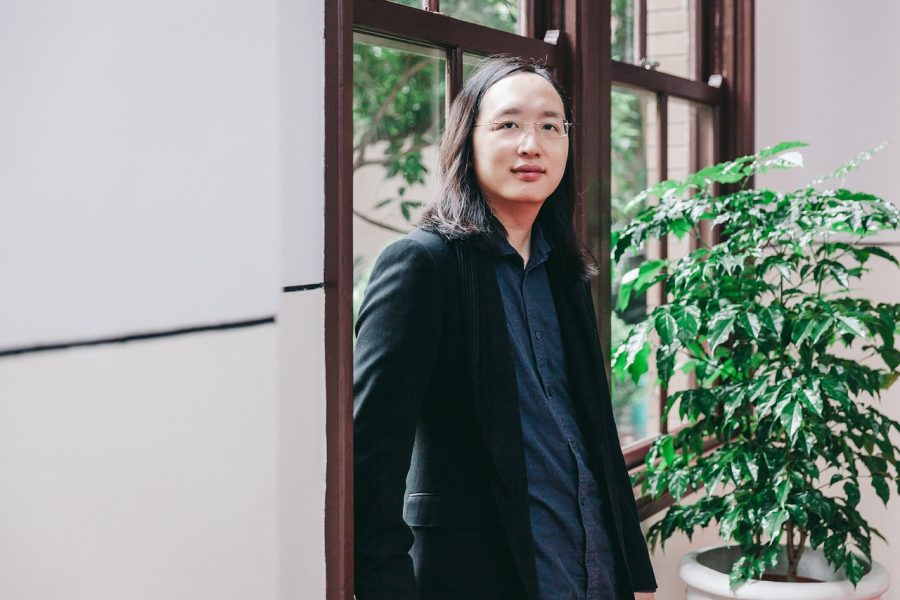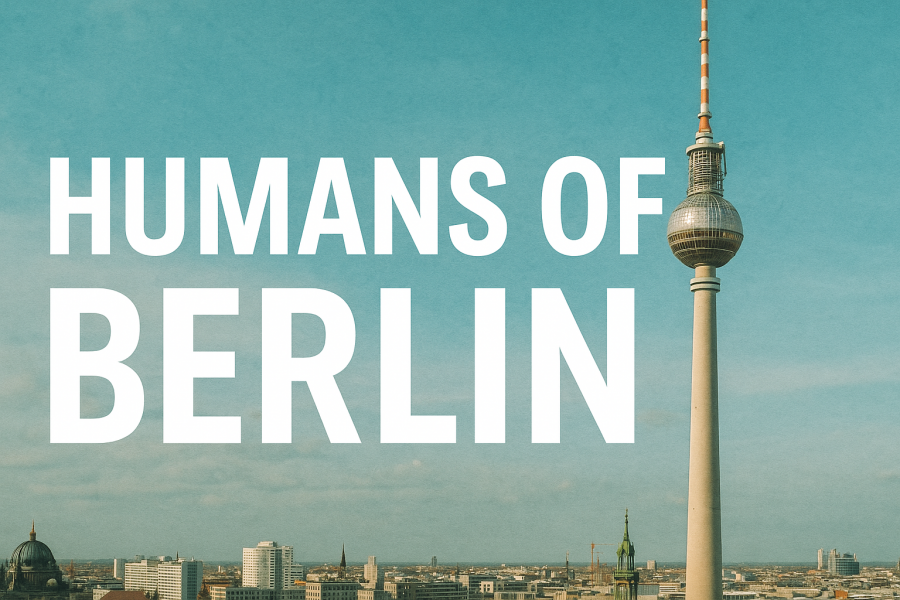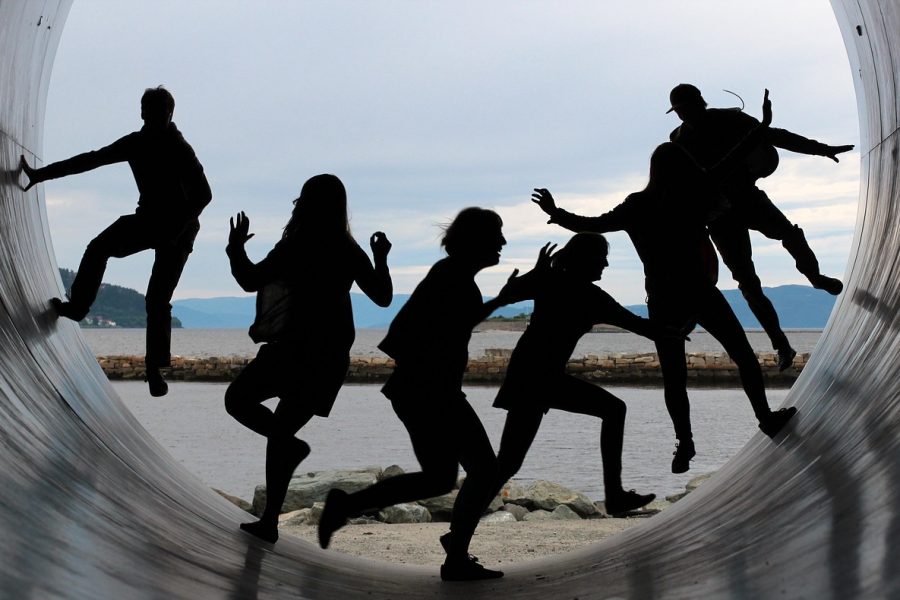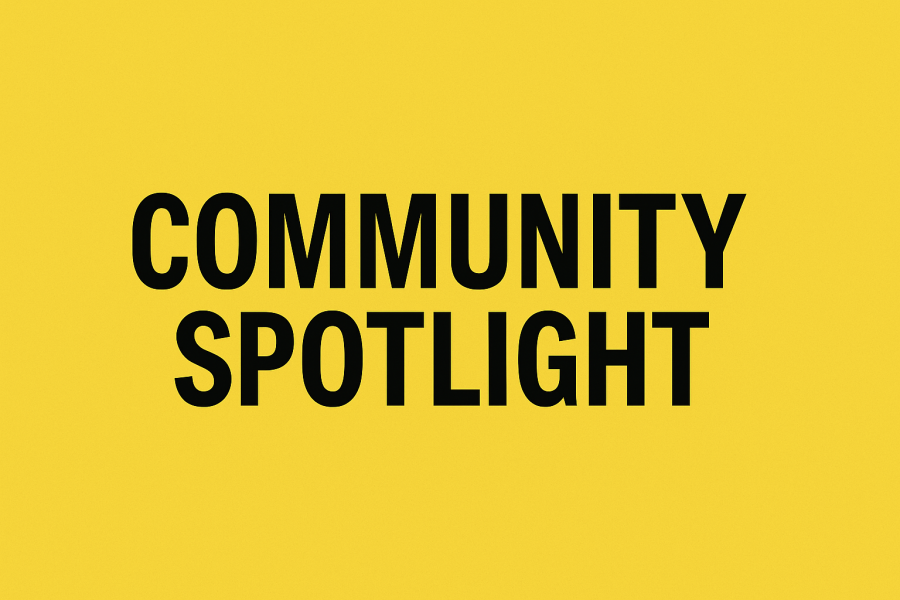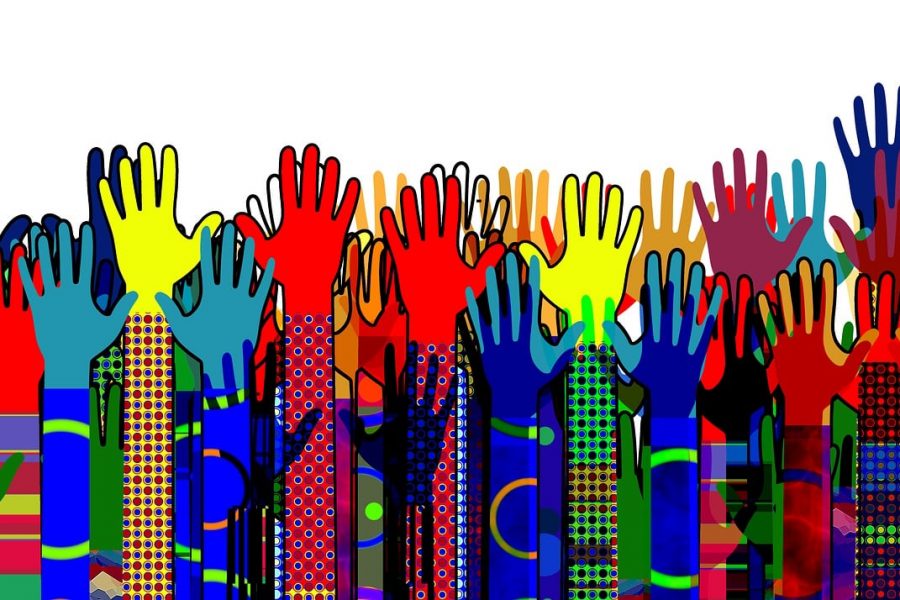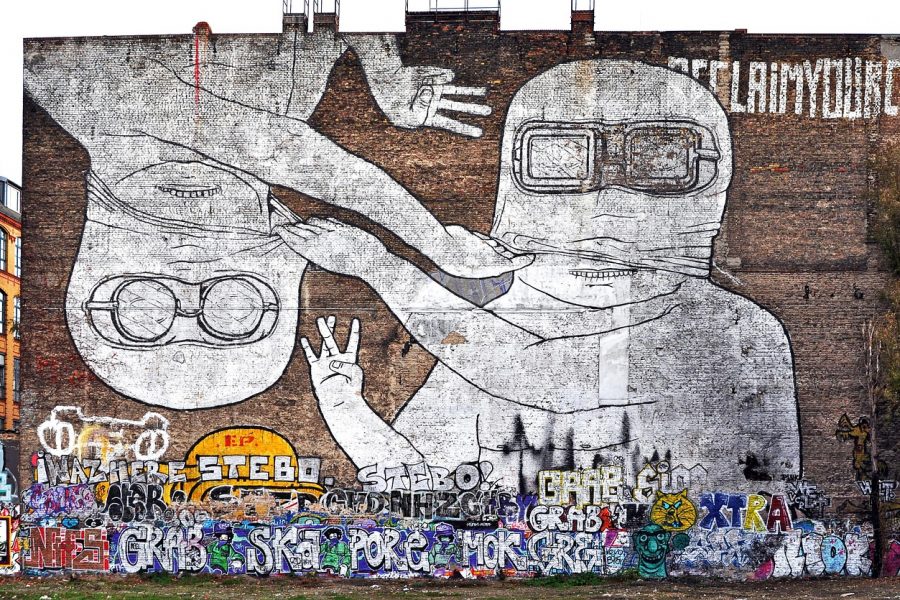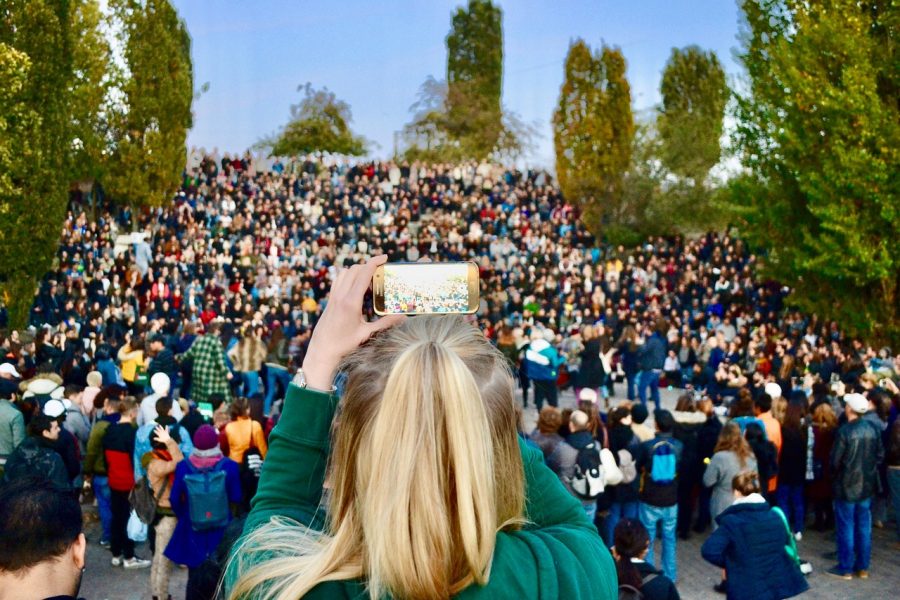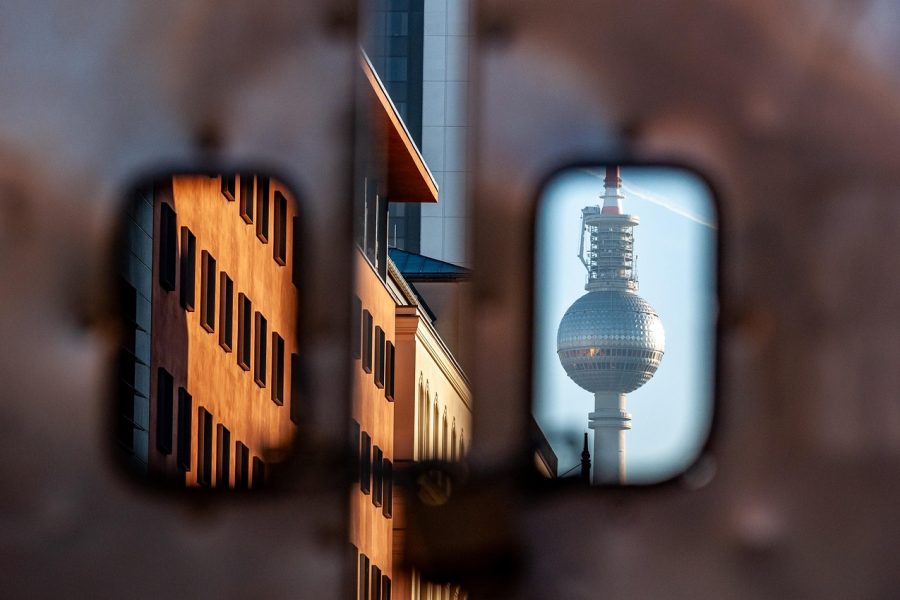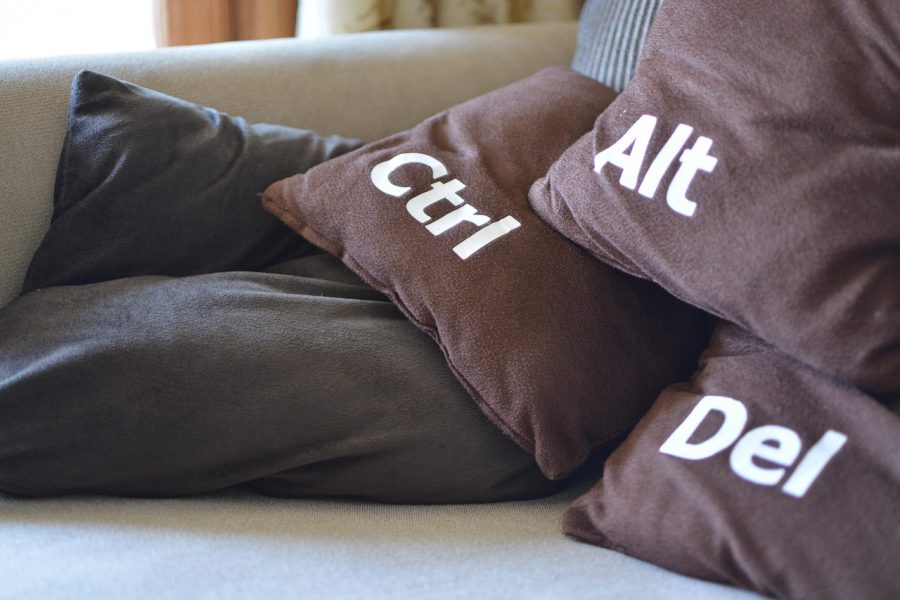For a campaign, you need many elements — but everything starts with funding. That’s why we first want to give enormous thanks to the supporters of WahlheYmatPost, to everyone who believes in what we do and why we do it: the Welcome Alliance Fund by ProjectTogether and the Bundesministerium des Inneren. And a heartfelt thank-you to our cooperation partner, Berliner Morgenpost.
We worked on the creative development for almost seven weeks. “Creative work” always sounds elegant and glamorous — and yes, it is fun. But the recipe for success always has two ingredients:
- A crystal-clear understanding of what you want to communicate
(in our case: WahlheYmatPost) - A strong, talented creative team
And we truly had one:
Bence Bodnar (Creative Director),
Lillian Dam Bracia (Producer & Project Manager),
Luise Spielhagen (Illustration & Design),
Eduardo Marin (Animation).
A real supergroup of Berlin-based creatives.
For the first point — understanding why this matters — we had many ideas on the table, but none felt sharp enough.

Why is access to information about social participation so important?
Why do international Berliners need to be active in social and political life?
What will their participation actually change?
How does an ideal future look — a future with an active international society?
And how can we make such a society tangible, imaginable?
So we decided to create something simple and powerful: a snapshot of Berlin in 2035.
We imagined holding a camera (or a drone) above the city and capturing what Berlin’s future community life could look like. We created six crystal-clear pictures from the future.
Here they are — described for you:
1. The Long Kiez Table
A hundred-meter-long Kiez table winds through the streets — every Kiez has its own version of it. It’s the weekend. People bring their tables, food, and drinks. It feels like a ritual. Everyone knows each other. The tables merge into one long, joyful snake. People share food, share stories, share their week. And then, as naturally as breathing, the gathering becomes a kind of assembly: residents discuss Kiez issues, vote on decisions, use their devices — a living, breathing Kiez democracy. A kind of United Kiezes of Berlin.
2. The Community Rooftop Gardens
Berlin’s rooftops are greener than ever. We see connected gardens stretching across neighbourhoods. Berliners from all over the world gardening together. Kids are playing. Parents and grandparents (and even great-grandparents) chat. It’s clear: this isn’t their first time — this is a living community tradition.

3. A Grandmother Teaches at School
We see a classroom full of diverse children. A grandmother shares her life story — how her perspective has changed over the years. Talking to the kids, we realise this is completely normal here: not only teachers but parents, grandparents, neighbours from all walks of life regularly join the school day, sharing knowledge, skills, craft, sports — turning school into a center of life-learning.
4. The Bike Repair Station Under the S-Bahn Arch
We stop at a friendly bike repair shop. But this wasn’t always a shop — back in 2025 it was an abandoned place near Hauptbahnhof. Now it’s a container workshop run by volunteers from the Kiez. Each person works a few hours a month. People pay a small contribution to maintain the space. We walk away — and suddenly the picture widens: an entire row of community-run containers appears — sports spaces, mini-parks, cafés, workshops, food stands, and yes, plenty of huge trash bins.
5. The Community House
We see an apartment complex organised as a multigenerational home. Elderly people receive care and also act as grandparents to the community. People share breakfasts and dinners, mixing privacy with shared spaces. It combines ultramodern living standards with ancient forms of togetherness — a way of living built on trust, reliability, and community.
6. The HeYmatHaus
It used to be… well, something else. Not important anymore. Now it is the central meeting place of Berlin’s international society. A home for film, theatre, music — performed by amateurs or professionals, by children or grandparents. A place where traditions are preserved, shared, transformed — where new art forms emerge through the mix of cultures. A house that belongs to everyone.
A Berlin where we live in an international, collaborative, inclusive society. A democracy built on local communities, funded partly by public money, and shaped by the decisions of the people themselves. This society is the foundation for creativity, innovation, and the strength to face the challenges ahead.
These are our pictures of the future. We hope you like them.
We know they can become reality — and we know how.
The next chapter begins simply: by subscribing to and reading WahlheYmatPost.
If enough of us join, we can build this new world step by step —
turning readers into a community,
turning ideas into energy,
turning open minds into open hearts.
We believe in this future – and hope you will join us in building it.

